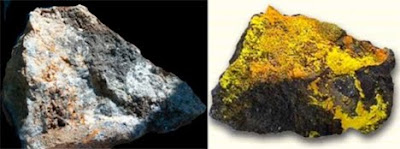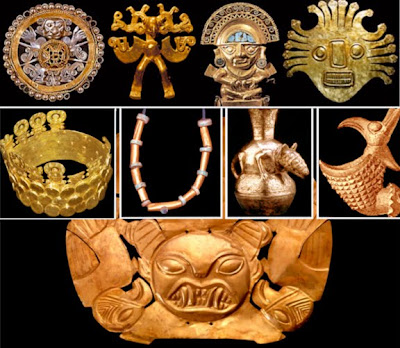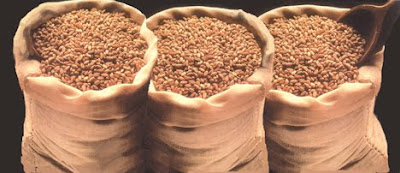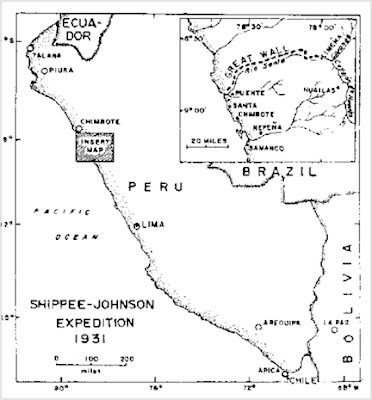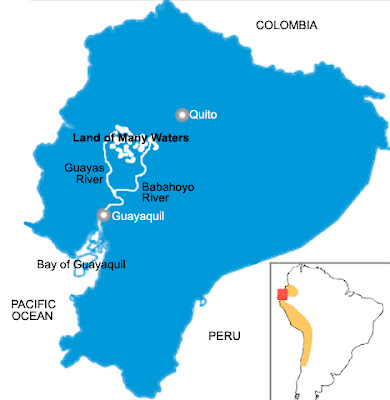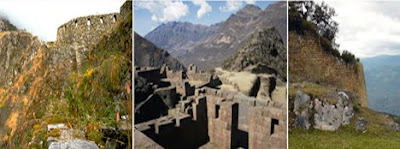One of these would be the numerous metallurgical comments made in the scriptural record, from the Jaredites “they did work in all manner of ore, and they did make gold, and silver, and iron, and brass, and all manner of metals; and they did dig it out of the earth; wherefore they did cast up mighty heaps of earth to get ore, of gold, and of silver, and of iron, and of copper. And they did work all manner of fine work” (Ether 10:23) to Nephi taught his people “to build buildings, and to work in all manner of wood, and of iron, and of copper, and of brass, and of steel, and of gold, and of silver, and of precious ores (2 Nephi 5:15) to Mosiah “and for gold, and for silver, and for all the riches which we have of every kind” (Mosiah 4:19) and to Helaman “they became exceedingly rich, both the Lamanites and the Nephites; and they did have an exceeding plenty of gold, and of silver, and of all manner of precious metals, both in the land south and in the land north” (Helaman 6:9) and to the disciple Nephi “and their gold, and their silver, and all their precious things” (3 Nephi 6:2).
Obviously, the smelting of ore, the working of precious metals, the use of iron, steel and other metals described suggest an advanced knowledge of such workings. And just as obviously, we should find in the area of the Land of Promise a rich heritage in metallurgy.
It should be noted, however, that metallurgy did not exist in Mesoamerica during B.C. times. In fact, the American Anthropologist states that “Metallurgy first appeared in Mesoamerica at about A.D. 800, introduced via a maritime route from Central and South America into West Mexico. During the initial period of the establishment of the technology (approximately A.D. 800 to between A.D. 1200 and 1300) technical links were closest with the metallurgies of Ecuador, Colombia, and lower Central America. During the second period of West Mexican metallurgy (A.D. 1200–1300 to the Spanish invasion) new elements from these same regional metallurgies were introduced, in addition to technical components from the metallurgy of southern Peru. Although the roots of West Mexican metallurgy lay in the metallurgies to the south, the elements that had been introduced from those areas were reinterpreted and transformed, resulting in the development of a technically original, highly inventive regional technology in West Mexico.”
 As stated, metallurgy was very extensive in the area of Peru and Ecuador, which made up the bulk of the Land of Promise, from the Land of Nephi to the Land Northward. According to the MIT Anthropology-Archaeology Section and the Department of Materials Science and Engineering, “the rich development of metallurgical technology that arose and was sustained in the New World prior to the Spanish invasion in the 16th century took place in the Andean zone of western South America in the area which is today, Peru, Bolivia, Ecuador, and Colombia. One of those areas, Cerro de Pasco in the Peruvian Andes, has a record of evolving extractive metallurgy covering at least 1400 years before the Inca, as shown by lake sediment. Even today, this area is an important mining center, and at one time one of the richest silver producing areas—along with lead, zinc, and copper. In fact, the northern Andes is considered a unique gold-rich area that has been exploited long before Columbus reached the Western World.
As stated, metallurgy was very extensive in the area of Peru and Ecuador, which made up the bulk of the Land of Promise, from the Land of Nephi to the Land Northward. According to the MIT Anthropology-Archaeology Section and the Department of Materials Science and Engineering, “the rich development of metallurgical technology that arose and was sustained in the New World prior to the Spanish invasion in the 16th century took place in the Andean zone of western South America in the area which is today, Peru, Bolivia, Ecuador, and Colombia. One of those areas, Cerro de Pasco in the Peruvian Andes, has a record of evolving extractive metallurgy covering at least 1400 years before the Inca, as shown by lake sediment. Even today, this area is an important mining center, and at one time one of the richest silver producing areas—along with lead, zinc, and copper. In fact, the northern Andes is considered a unique gold-rich area that has been exploited long before Columbus reached the Western World.The Journal of Field Archaeology lists scores of ancient including mines, ore-processing areas, and smelting installations indicating a level of sophistication of Andean metallurgy not previously recognized by most archaeologists. Many scholars have claimed that the Moche metalwork, especially that found in the north Peruvian site of Loma Negra, was the finest produced by Per-Columbian smiths of the central Andes in terms of its technological sophistication, its exquisite craftsmanship and its beauty. In addition, copper smelting had a lengthy history in the Atacama region of northern Chile prior to the Spanish Conquest, specifically that of the Ramaditas site in the Guatacondo Valley in northern Chile date to the first centuries B.C.
 Some of the open pit mines are so huge that the gigantic ore truck (left) not only dwarfs the man in blue in the lower right, but is itself dwarfed inside the open pit mine (right) where the red arrow points to this same ore truck
Some of the open pit mines are so huge that the gigantic ore truck (left) not only dwarfs the man in blue in the lower right, but is itself dwarfed inside the open pit mine (right) where the red arrow points to this same ore truck







